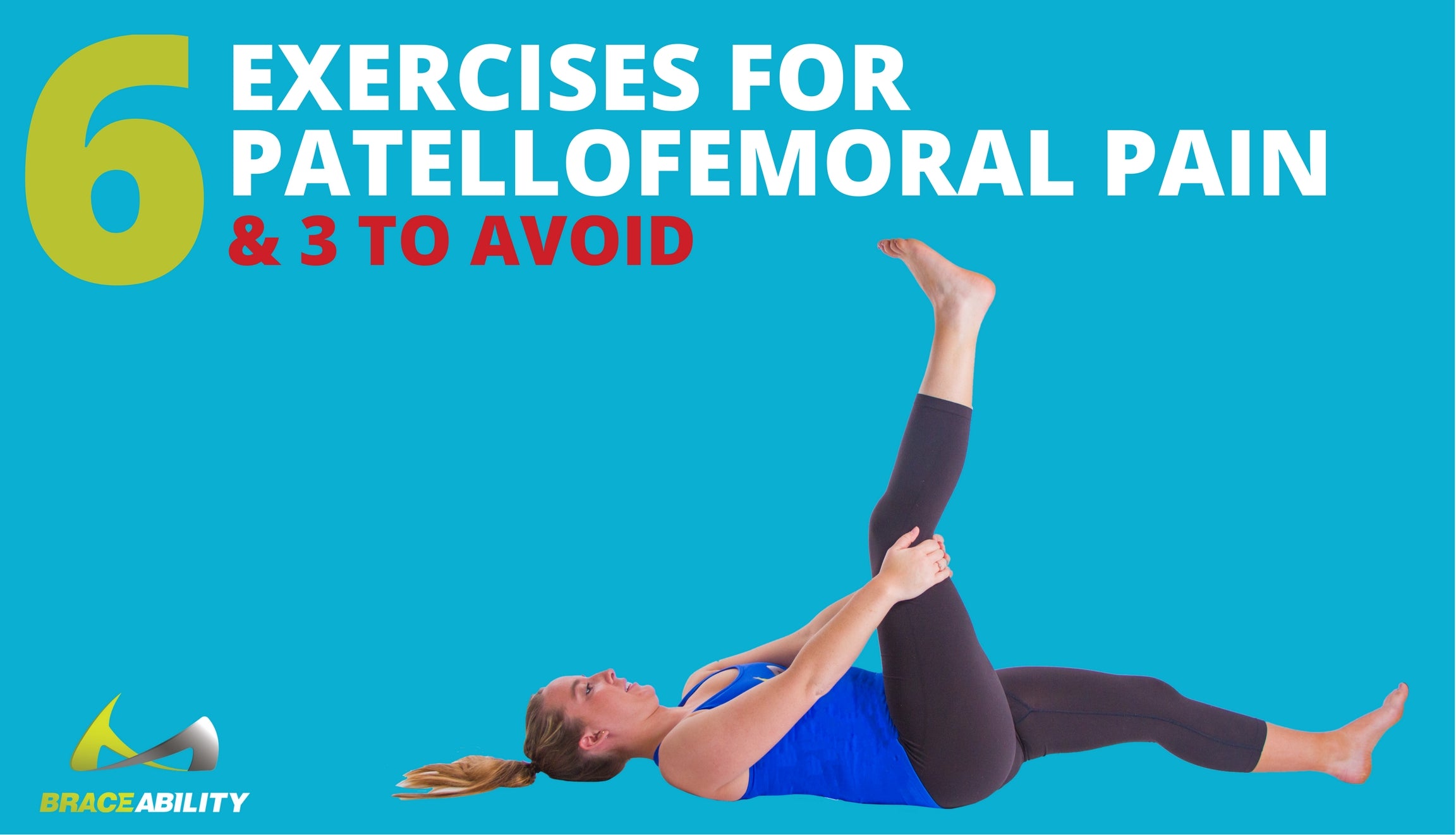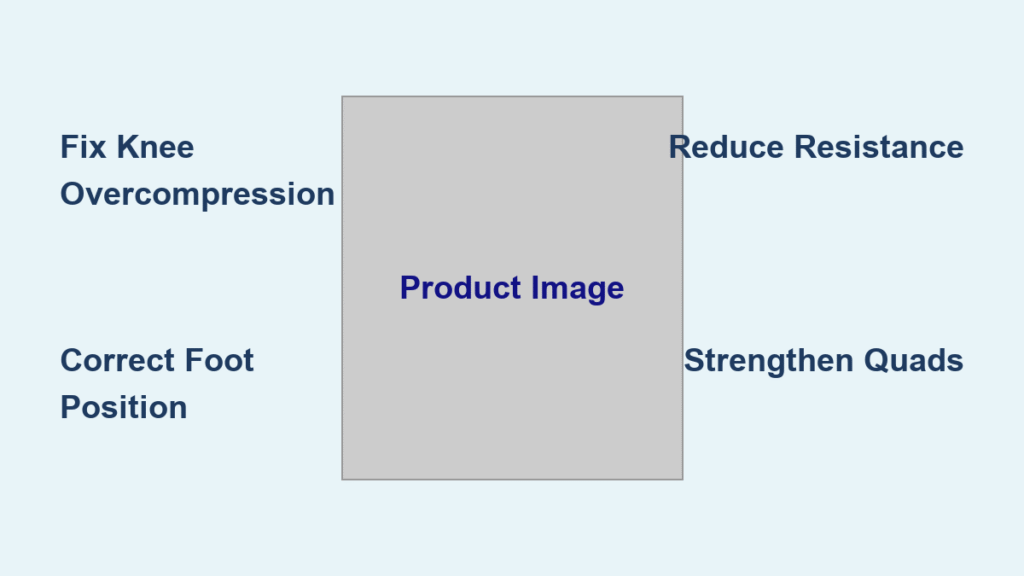That sharp twinge behind your kneecap or persistent ache on the outside of your knee isn’t normal rowing discomfort—it’s a warning sign of potential knee injury from rowing machine misuse. Nearly 25% of adults experience knee pain, with rates increasing 65% over the past two decades, making knee injury on rowing machines a critical issue for fitness enthusiasts. Whether you’re rowing for 10 minutes or an hour, improper technique can transform this low-impact exercise into a joint-damaging activity.
Your rowing machine should strengthen your legs without compromising knee health. This guide reveals exactly why your knees hurt during rowing sessions and provides proven, immediate fixes you can implement today. From correcting dangerous technique errors to optimizing your machine setup, you’ll discover how to eliminate knee pain while maximizing workout benefits—without giving up your favorite cardio machine.
Common Knee Injuries from Rowing
Rowers Knee Explained
“Rower’s knee” isn’t a single condition but an umbrella term for multiple knee injuries caused by repetitive rowing motion. Patellofemoral pain syndrome (PFPS) creates pain behind or around your kneecap that worsens during squatting motions or stair climbing. Iliotibial band syndrome (ITBS) generates sharp pain on the outside of your knee from friction between the IT band and femur. Meniscus tears produce clicking sensations during your stroke cycle as damaged cartilage catches in the joint.
These injuries develop through thousands of repetitive strokes rather than sudden trauma, making early intervention crucial. Unlike running injuries that happen immediately, rowing-related knee problems creep up gradually until they force you to stop your workout entirely. The knee joint—the body’s largest and most complex structure—simply can’t withstand improper mechanics session after session.
Warning Signs You Can’t Ignore
Persistent knee pain that appears within 24 hours post-workout, swelling around your kneecap, or clicking sensations during the catch position signal developing injury. Any sharp pain that stops you mid-stroke demands immediate attention—this indicates acute tissue damage. If discomfort continues despite rest and technique adjustments, you need professional assessment before continuing.
Don’t mistake rowing machine knee pain for normal workout soreness. True muscle fatigue resolves within 48 hours, while joint pain worsens with continued activity. Ignoring these warning signs can turn a minor issue into chronic knee injury requiring months of rehabilitation or even surgery.
Technique Errors Causing Knee Pain
Fix Knee Overcompression
Overcompression at the catch position is the #1 cause of rowing machine knee injuries. When you bend your knees beyond their optimal range, you create excessive flexion that stretches muscles and strains ligaments. Your shins should stop precisely at vertical—knees directly over ankles—with heels lifting slightly if flexibility requires.
Quick Fix: Sit at the catch position and have someone place their hand vertically against your shin. If your knees touch their hand before the handle reaches your shins, you’re overcompressing. Reduce your forward reach by 2-3 inches and focus on hinging from your hips rather than bending your knees excessively. This simple adjustment immediately reduces strain on your patella and surrounding structures.
Stop Knees Pushing Outward
Lateral knee movement during the catch phase signals dangerous technique breakdown. This outward push stems from limited ankle mobility, large thigh circumference, or improper foot positioning. Your knees should track directly over your second toe throughout the entire stroke cycle—any deviation creates uneven force distribution that damages cartilage over time.
Correction Drill: Row with your feet out of the straps for 5 minutes. This forces proper knee alignment and teaches you to push through your heels rather than relying on foot straps for stability. You’ll immediately feel which muscles need strengthening to maintain proper form during longer sessions.
Equipment Setup for Knee Safety
Foot Position Critical Fix

Your foot placement directly determines knee alignment and injury risk. Position feet at a 45-degree angle with straps securing over the ball of your foot—not your toes or arch. This creates optimal patella tracking and distributes force evenly across your knee joint.
Test Your Setup: At the catch position, your knees should align directly over your second toe. If they’re inside or outside this line, adjust footplate height or foot placement immediately. Flat-soled shoes with minimal heel drop provide the best stability and force transfer, reducing rotational stress on your knee joint.
Resistance Settings Matter
Starting at high resistance destroys form and overloads knees. Begin at the lowest damper setting (2-3) until you can maintain perfect technique for 20 consecutive minutes. Increase resistance only when you can complete your entire workout without form breakdown or knee discomfort. Many rowers unknowingly set resistance too high, forcing their knees to absorb impact rather than working through smooth muscular contraction.
PFPS Treatment Protocol

Immediate Pain Relief
Reduce inflammation with 48 hours of rest plus ice application (15 minutes every 2-3 hours). Take anti-inflammatory medications like ibuprofen (400mg) or naproxen (220mg) as directed. Modify your rowing to eliminate deep knee flexion—shorten your stroke significantly for 1-2 weeks while maintaining cardiovascular benefits.
Strengthening Exercises
Quad Sets: Sit with your leg extended, tighten your thigh muscle for 5 seconds, relax for 5 seconds. Perform 3 sets of 15 repetitions daily to rebuild quadriceps strength without joint stress.
Straight Leg Raises: Lie on your back, tighten your quad, and lift your straight leg 12 inches. Hold for 3 seconds, lower slowly. Complete 3 sets of 12 to strengthen muscles supporting your knee without compression.
IT Band Syndrome Recovery Plan
Stretching Sequence
Standing IT Band Stretch: Cross your injured leg behind your other leg, lean away from the injured side until you feel stretch along your outer thigh. Hold 30 seconds, repeat 3 times to reduce tension causing knee pain.
Foam Rolling Protocol: Lie on your side with foam roller under your outer thigh. Roll from hip to knee for 2 minutes, pausing on tender spots for 30 seconds. This breaks up adhesions contributing to IT band friction syndrome.
Strengthening Weak Links
Weak gluteal muscles cause IT band overuse. Perform side-lying leg lifts (3 sets of 15) and clamshells (3 sets of 20) daily. These activate your glute medius, reducing IT band strain during rowing and preventing lateral knee pain.
Prevent Knee Pain Before It Starts
Dynamic Warm-Up Routine
Never skip your warm-up—cold muscles and joints are injury magnets. Begin with 5 minutes of light marching or walking. Then perform leg swings (10 forward/back, 10 side/side), walking lunges (10 each leg), and hip circles (10 each direction) to prepare your entire kinetic chain for rowing.
Activation Exercises
Activate key stabilizers with glute bridges (2 sets of 15), bird-dogs (2 sets of 10 each side), and side planks (30 seconds each side). These exercises wake up your core and hip stabilizers, protecting your knees during intense rowing sessions by ensuring proper force distribution.
When to Stop Rowing Immediately
Red Flag Symptoms
Seek immediate medical attention if you experience sharp, shooting pain that prevents continuation, significant swelling within 2 hours post-workout, or clicking/locking sensations that weren’t present before. Any pain rated above 4/10 that persists despite technique corrections requires professional assessment from a sports physical therapist.
Professional Resources
For persistent knee injury from rowing machine use beyond 2 weeks, consult a sports medicine physician. For structural concerns or previous knee surgery, schedule with an orthopedic specialist familiar with rowing mechanics. A physical therapist can provide technique analysis and movement pattern correction to address the root cause of your pain.
Long-Term Knee Health Strategy
Monthly Form Checks
Record yourself rowing monthly from side and front angles. Look for knee tracking over second toe, smooth motion without lateral movement, and consistent knee angle at catch (shins vertical). Compare videos monthly to catch developing issues before they cause significant knee injury.
Cross-Training Integration
Balance rowing with swimming for active recovery, cycling for alternative cardio, and yoga for flexibility. Add deadlifts and single-leg exercises weekly to address muscle imbalances that contribute to knee pain. This comprehensive approach builds resilient joints that withstand repetitive rowing motion.
Key Takeaway: Your knee pain on the rowing machine isn’t inevitable—it’s preventable. By correcting technique errors, optimizing equipment setup, and following proper progression, you can eliminate pain while improving performance. Start with foot placement adjustments today, then implement the strengthening protocol to build bulletproof knees. Remember: perfect form trumps intensity every time. Address knee injury from rowing machine use immediately before minor discomfort becomes chronic damage—your long-term joint health depends on it.




